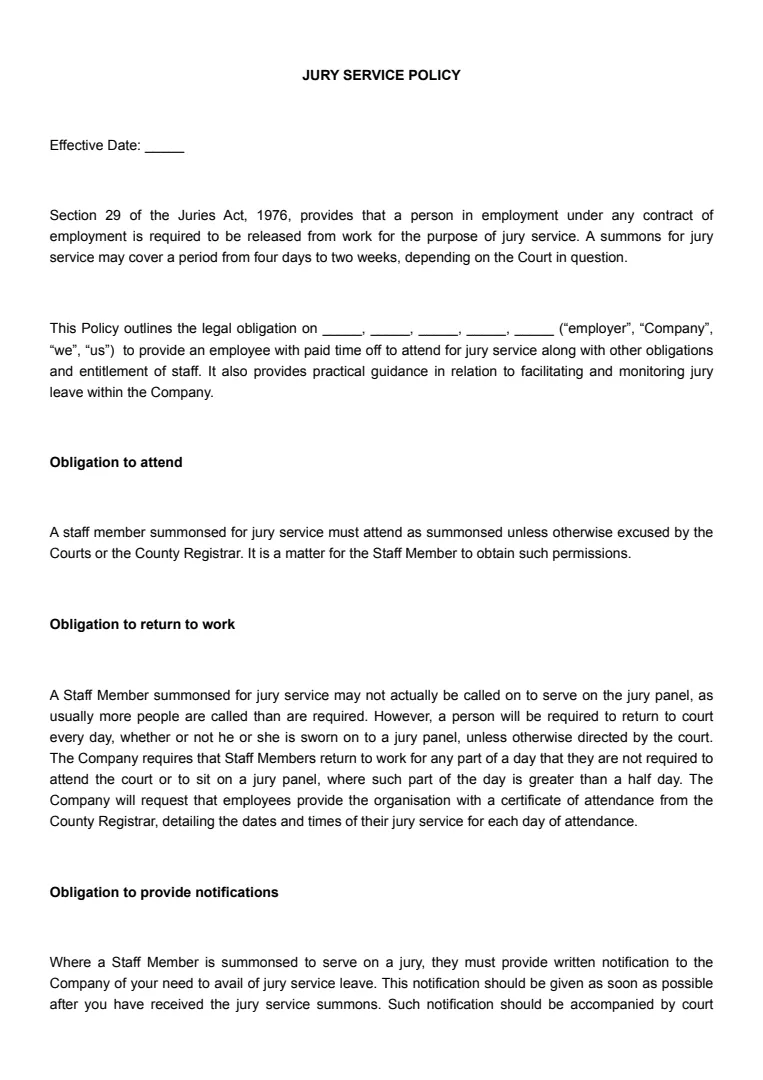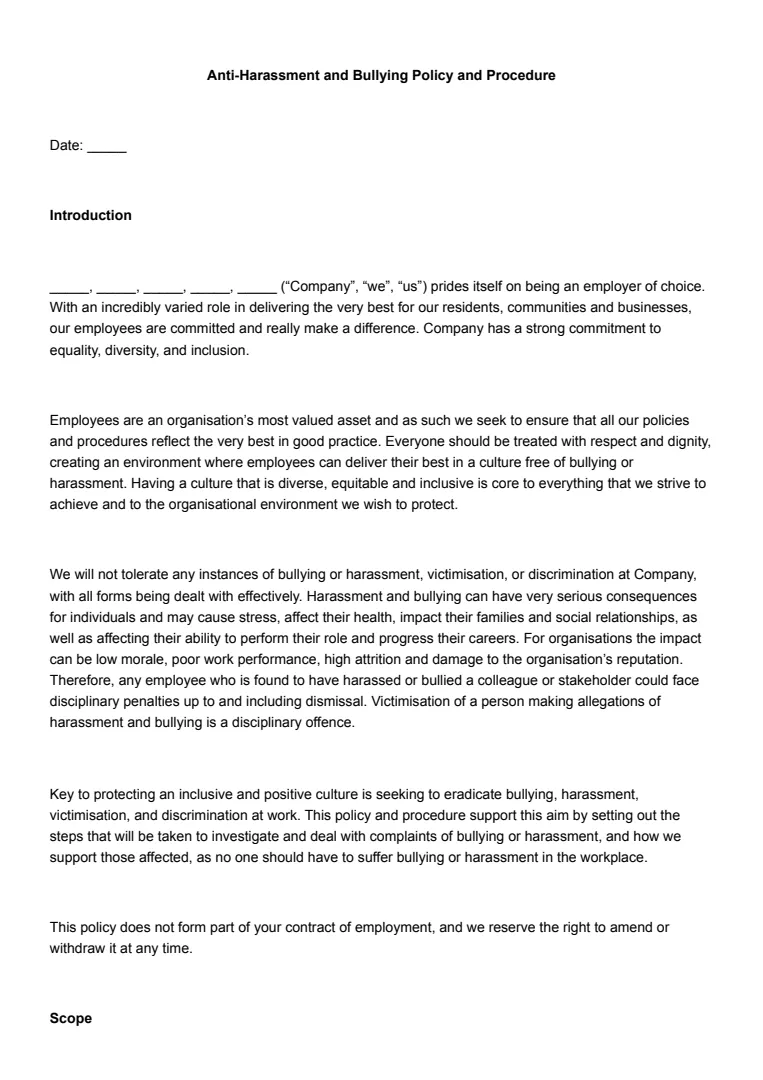What Is an AI Policy?
When you're talking about AI policy, you're referring to a framework that organisations use to oversee the implementation and operation of artificial intelligence technologies. These policies help make sure AI is used responsibly and ethically.
AI policies cover various aspects of AI, like machine learning, natural language processing, computer vision, and robotics. They set guidelines for developing and using AI technologies so you can manage risks while promoting innovation.
They also play a vital role in fostering AI research and development, ensuring that AI capabilities are advanced wisely. The framework usually includes rules on data management, ensuring privacy, and enhancing security.
For instance, managing big data is crucial for deploying AI systems like ChatGPT, Claude, or Copilot. These AI applications must comply with regulations that ensure data protection and fairness.
You might also find that AI policies touch on specific sectors like healthcare or finance. In these fields, AI should improve services without breaching legal or ethical standards. This means policies need constant updates to address emerging AI innovations like generative AI and deep learning.
In summary, an AI policy isn’t just about rules. It's also a strategic document that helps organisations explore AI's potential while ensuring safety and responsibility.
When Is an AI Policy Needed?
You need an AI policy when your organisation starts integrating AI technologies into its operations. For example, introducing AI into the transport sector can revolutionise logistics, yet it demands clear guidelines to ensure safety and efficiency.
In a rapidly changing technological environment, having an AI policy in place is crucial for managing and safeguarding intellectual property. If your company is developing AI-driven products, a policy can help protect your innovations and address concerns around copyright.
Start-ups and firms involved in housing development can use AI for efficient resource allocation and design optimisations. An AI policy ensures ethical use and compliance with regulations, helping to navigate societal concerns.
You also need an AI policy for fair and transparent decision-making in democracy and selection processes. It helps to monitor biases and ensures decisions are aligned with ethical standards.
Communication sectors benefit from AI in personalisation and data analysis. A well-defined policy helps maintain data privacy and guides how AI should enhance customer interactions.
Lastly, you may observe examples of corporate AI policies taken from various sectors to understand how AI policies have been successfully implemented. Learning from these examples provides insights into effectively crafting your policy.
How to Write an AI Policy
Creating an AI policy for your organisation involves multiple key steps that ensure both compliance with regulations and encouragement of innovation. Here's how you can create your own AI policy.
Step 1: Define Purpose and Objectives
Start by clarifying why you need an AI policy. This includes identifying goals around ethical AI usage, governance and alignment with relevant regulations like those from the OECD.
Your objectives should include fostering a pro-innovation approach while maintaining data security and ethical use.
Step 2: Identify Stakeholders
Engage various departments, such as IT, legal, and HR, alongside cybersecurity experts to acknowledge the diverse impacts of AI.
This holistic approach will provide comprehensive insights for your AI policy. Each stakeholder brings a unique perspective that enhances the policy's effectiveness.
Step 3: Outline AI Ethics and Governance
Define the ethical guidelines your organisation will follow. Consider both internal governance frameworks and external regulations such as AI ethics standards and potential AI playbooks.
Establish guidelines for maintaining transparency and accountability in AI implementations.
Step 4: Develop Key Components
Establish the core elements of your policy, focusing on innovation and risk management.
By identifying these components, like AI insights and a pro-innovation strategy, you ensure your policy is robust and adaptable to technological advancements.
Step 5: Implementation and Review
After drafting, implement the policy by educating your workforce.
Make sure there is a continuous review system in place to keep your policy updated with the latest regulations and innovations.
Regular updates also help align the policy with new AI developments and cybersecurity challenges.
You can use artificial intelligence policy templates to help you create your own.













